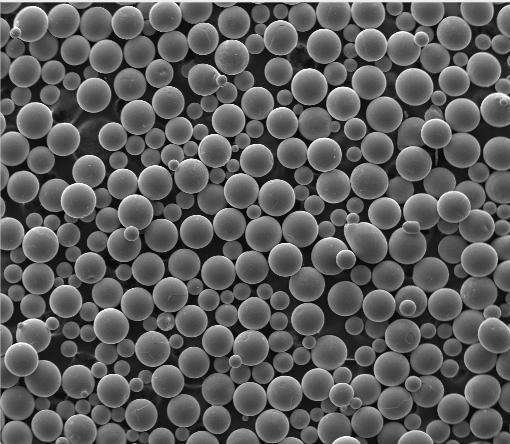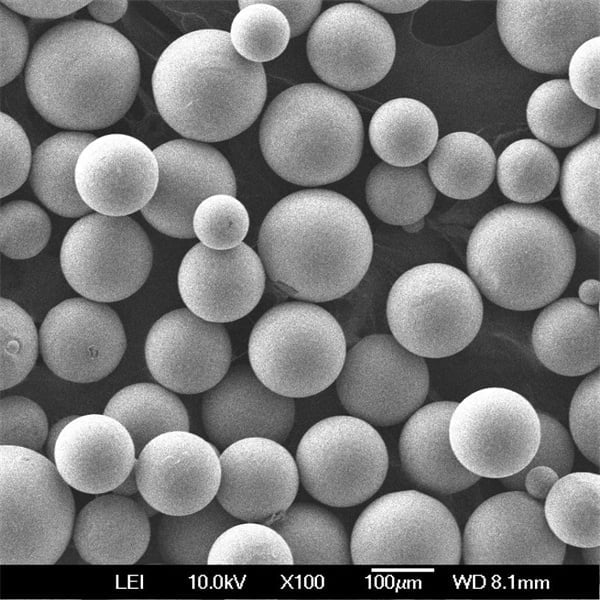When diving into the world of high-temperature build bed assemblies, there’s a lot to unpack. These assemblies are critical in additive manufacturing processes, especially when working with materials that require high temperatures for proper adhesion and structural integrity. In this comprehensive guide, we’ll explore the ins and outs of high-temperature build bed assemblies, delving into their components, applications, and the different types of metal powders used. Ready to get started? Let’s dive in!
Overview of High-Temperature Build Bed Assemblies
High-temperature build bed assemblies are designed to withstand and distribute heat uniformly across the build surface in 3D printing processes. They are crucial for creating parts from high-performance materials such as metals and high-temperature polymers. These assemblies help ensure the material adheres properly during the build process, reducing the risk of warping and ensuring better dimensional accuracy.

Types of Metal Powders Used in High-Temperature Build Bed Assemblies
Metal powders play a pivotal role in additive manufacturing. Here are ten specific metal powder models, each with unique properties and applications:
- Inconel 625: Known for its excellent oxidation and corrosion resistance, Inconel 625 is ideal for aerospace and marine applications.
- Inconel 718: Offers high strength and oxidation resistance, making it suitable for high-stress environments like gas turbines and rocket engines.
- Titanium Ti6Al4V: This alloy is lightweight yet strong, perfect for aerospace, medical implants, and automotive industries.
- Aluminum AlSi10Mg: Known for its good mechanical properties and low weight, it’s widely used in automotive and aerospace applications.
- Stainless Steel 316L: Offers excellent corrosion resistance and mechanical properties, suitable for medical and food processing applications.
- Maraging Steel (1.2709): Known for its high strength and toughness, it’s often used in tooling and high-stress components.
- Cobalt-Chrome (CoCrMo): Exhibits excellent wear and corrosion resistance, making it ideal for dental and orthopedic implants.
- Copper (Cu): Offers high thermal and electrical conductivity, perfect for electrical components and heat exchangers.
- Nickel Alloy 625: Similar to Inconel 625, used for its superior corrosion resistance and high strength.
- Tool Steel (H13): Known for its high hardenability and toughness, used extensively in injection molds and die-casting applications.
Composition and Characteristics of High-Temperature Build Bed Assemblies
High-temperature build bed assemblies must withstand extreme conditions and maintain stability. Let’s look at their composition and key characteristics:
| Component | Composition | Characteristics |
|---|---|---|
| Heating Elements | Kanthal, Nichrome, Molybdenum Disilicide | High melting point, excellent electrical resistance |
| Build Surface | Borosilicate Glass, Silicon Carbide | High thermal shock resistance, uniform heat distribution |
| Insulation Material | Ceramic Fiber, Alumina Silicate | Low thermal conductivity, high-temperature resistance |
| Thermocouples | Type K, Type R | Accurate temperature measurement, durability in high temperatures |
| Frame and Supports | Stainless Steel, Aluminum | Structural stability, corrosion resistance |
Applications of High-Temperature Build Bed Assemblies
High-temperature build bed assemblies are used across various industries. Here are some key applications:
| Industry | Applications |
|---|---|
| Aerospace | Engine components, structural parts, turbine blades |
| Automotive | Engine parts, lightweight structural components |
| Medical | Implants, surgical instruments |
| Marine | Propulsion components, corrosion-resistant parts |
| Tooling | Injection molds, die-casting molds |
| Electronics | Heat exchangers, conductive components |






Specifications, Sizes, Grades, and Standards
Understanding the specifications, sizes, grades, and standards of high-temperature build bed assemblies is crucial for selecting the right setup for your needs:
| Specification | Detail |
|---|---|
| Temperature Range | Up to 1200°C |
| Build Surface Size | 100mm x 100mm to 500mm x 500mm |
| Heating Element Grade | Kanthal A1, Nichrome 80/20 |
| Insulation Thickness | 10mm to 50mm |
| Standards | ASTM E230, ISO 10012, ASME B89.3.7-2013 |
Suppliers and Pricing Details
Finding reliable suppliers and understanding the pricing structure is essential for budgeting and procurement:
| Supplier | Product Range | Price Range |
|---|---|---|
| XYZ Metals | Inconel, Titanium, Aluminum | $50 – $300 per kg |
| ABC Alloys | Stainless Steel, Maraging Steel | $40 – $250 per kg |
| Global Powders | Cobalt-Chrome, Copper | $60 – $350 per kg |
| Metal Masters | Nickel Alloy, Tool Steel | $45 – $280 per kg |
Advantages and Limitations of High-Temperature Build Bed Assemblies
Understanding the pros and cons of high-temperature build bed assemblies helps in making informed decisions:
| Advantages | Limitations |
|---|---|
| High-temperature capability | Higher initial cost |
| Uniform heat distribution | Requires precise control and monitoring |
| Enhanced part adhesion | Maintenance complexity |
| Compatibility with various materials | Potential for thermal shock if mishandled |

FAQs
Here are some frequently asked questions to help clear up any confusion:
| Question | Answer |
|---|---|
| What materials are used for high-temperature build beds? | Materials like borosilicate glass, silicon carbide, and ceramics are commonly used. |
| How do I choose the right heating element? | Consider the maximum temperature required and the material’s compatibility. |
| What are the common applications? | Aerospace, automotive, medical, marine, tooling, and electronics industries. |
| Can I retrofit my existing 3D printer with a high-temperature build bed? | Yes, but ensure compatibility with your printer’s specifications. |
| How often should I calibrate my build bed? | Regular calibration is recommended, especially after heavy use. |
Conclusion
High-temperature build bed assemblies are pivotal in advanced manufacturing, ensuring precision and reliability in producing high-performance components. By understanding the different metal powders, compositions, applications, and specifications, you can make informed decisions to optimize your additive manufacturing processes. Whether you’re in aerospace, automotive, or any other high-tech industry, the right build bed setup can make all the difference in achieving high-quality, consistent results.
About 3DP mETAL
Product Category
CONTACT US
Any questions? Send us a message now! After receiving your message, we will process your request with a whole team.
